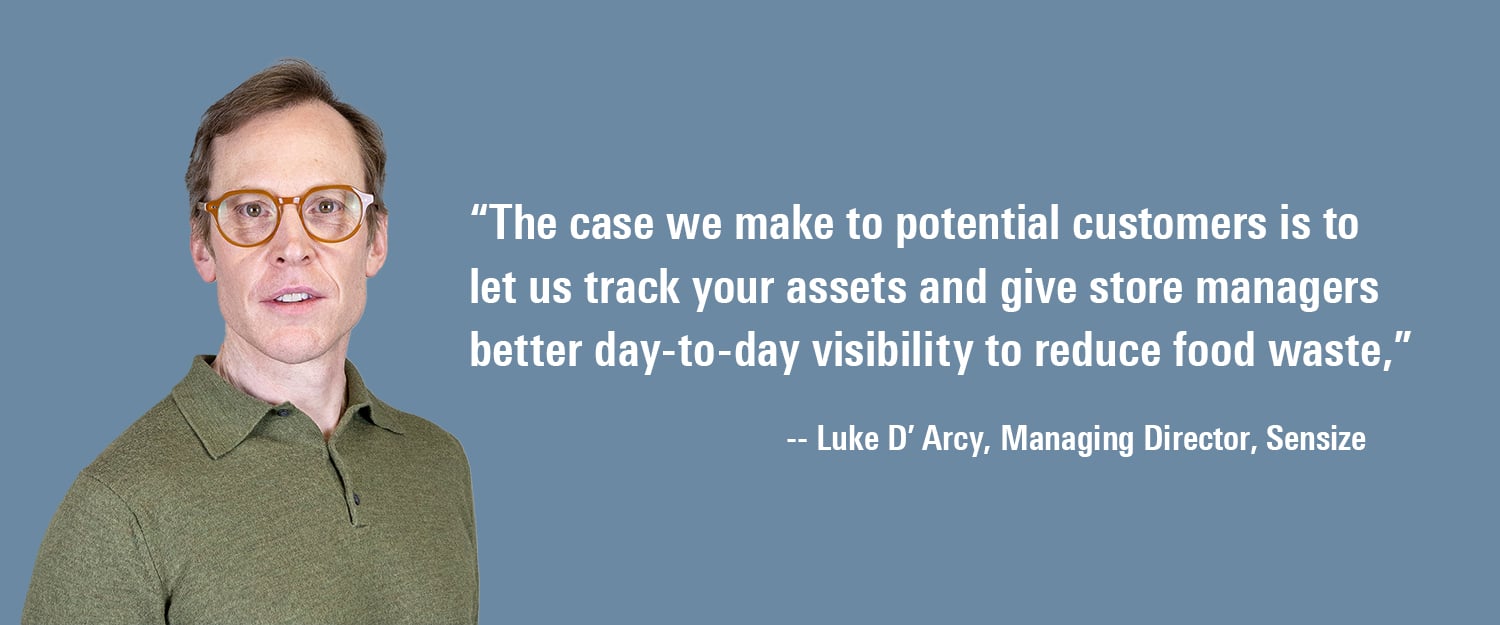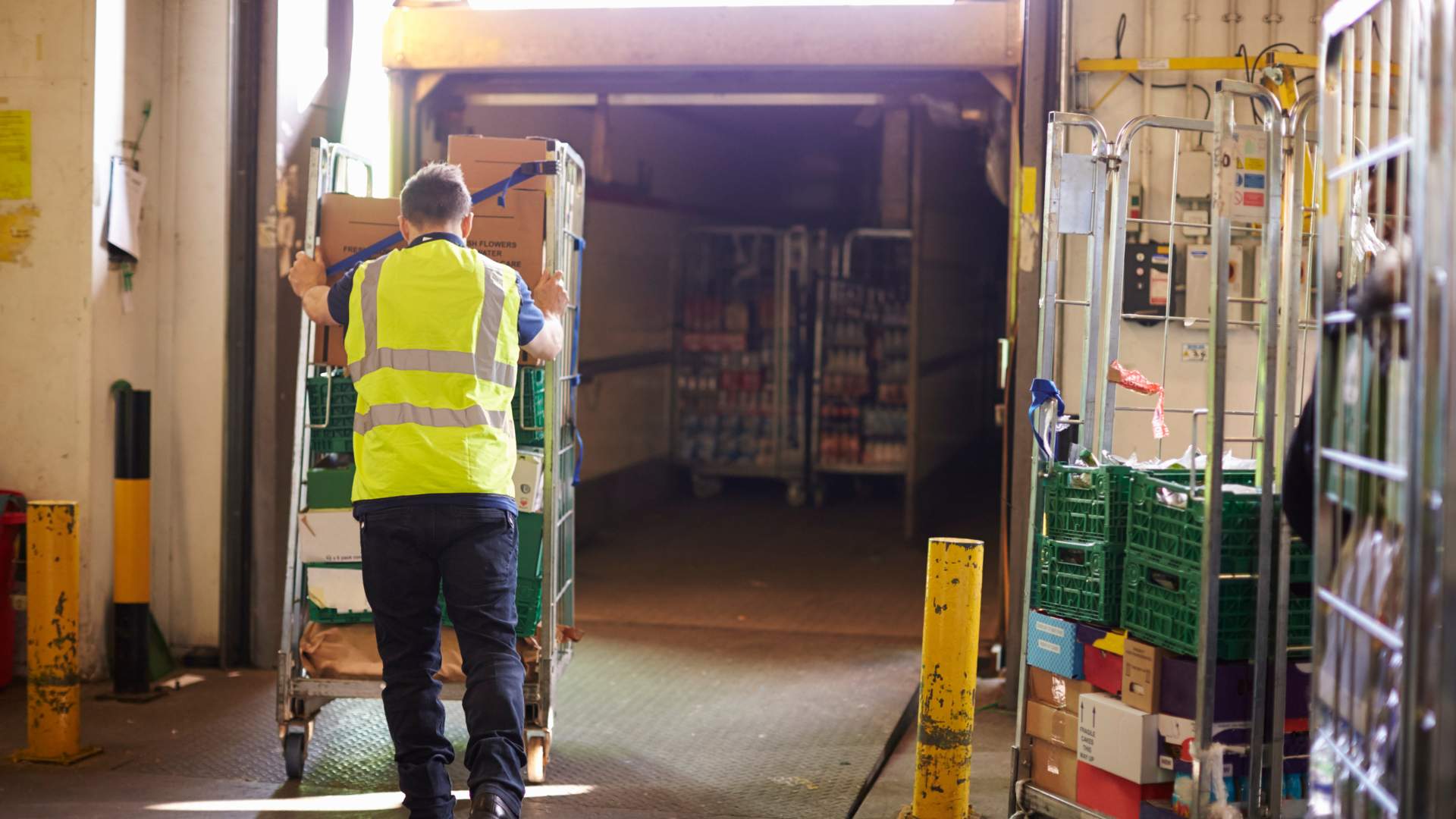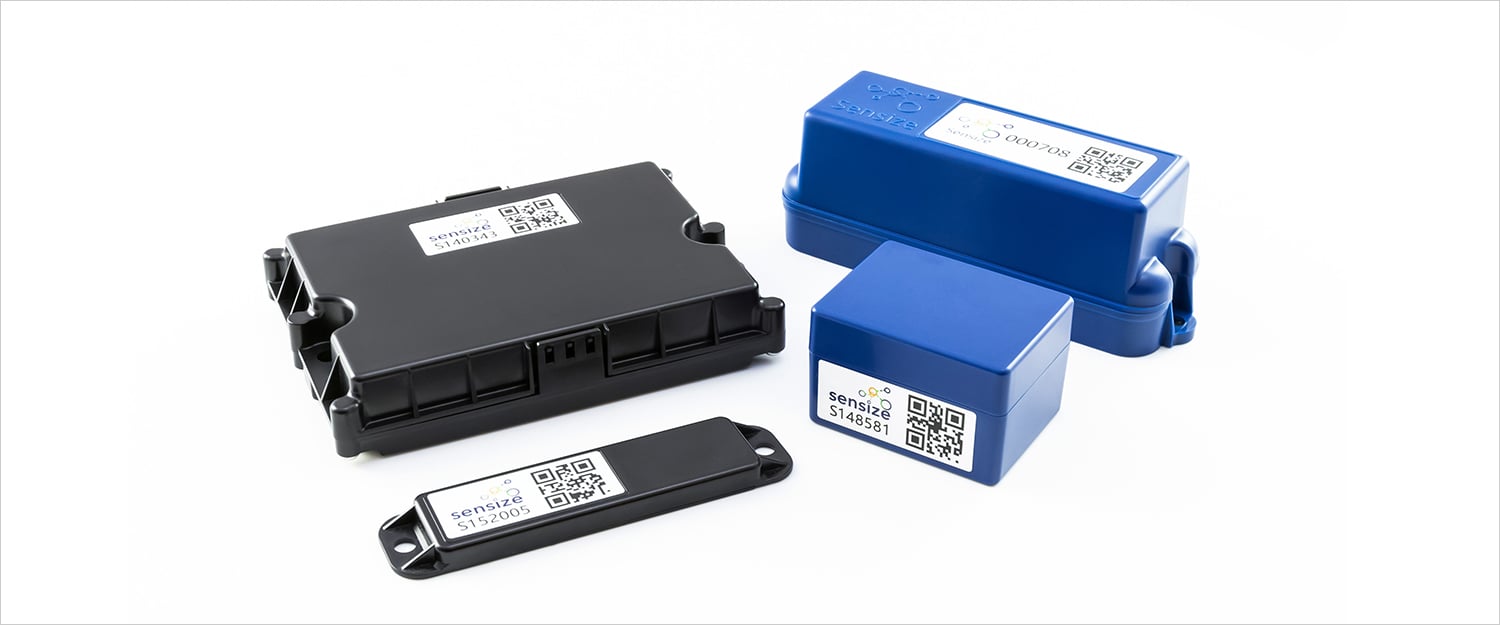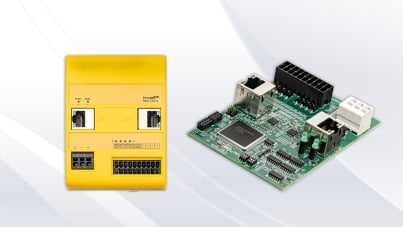Feb 13, 2025
“If you’ve ever been around to the back of a supermarket, you’re getting to the nasty part of the supply chain.”
For Luke D’Arcy, that sums up the problem statement for Sensize, the U.K. company he co-founded to create a circular plastic packaging economy using intelligent wireless asset tracking technology.
Sensize Bluetooth Low Energy and GPS tracking devices monitor a variety of in-transit goods. The primary focus is the food distribution chain, which is an especially compelling case given the volume of spoilage the grocery industry generates globally. As the world’s leading offender, the U.S. alone discards more than 100 billion pounds of food each year, or nearly 40 percent of the country’s entire supply, according to Recycle Tracking Systems, a smart waste disposal company. Per capita, that’s about 325 pounds per person.
For growers, sellers, distributors, and shipping and logistics providers, squandered food is a nearly $475 billion problem, according to Feeding America – every 12 months.
As D’Arcy shared, it’s not just food entering the commercial waste stream, it’s also the packaging used to store and ship goods to the corner bodega and big box retailer. The most commonly used material? Cardboard.

Packaging Lessons from the European Model
For a typical supermarket, packaging is an overhead expense that the grocery industry has managed for decades. D’Arcy observed that other suppliers, notably Europe’s breweries, have long opted for sturdy plastic containers. While more expensive, plastic crates have a longer useful life, and the very fact that they cost more than paper goods means distributors are more inclined to keep a watchful eye on where they end up.
“In northern Europe, and particularly Germany, you don’t see a lot of carboard. If you walk into a bar, for example, you see rows of attractive plastic crates all of a standard size and with nice branding,” D’Arcy said. “I was at an event recently with a major brewer, and their marketing director said some of their beer crates have been in constant use since the 1960s.”
For Sensize, using the same receptacle repeatedly over 50-plus years is preferrable – economically and environmentally – to buying and scrapping thousands of cardboard boxes.
Asset Tracking: Plastic or Paper?
The European beer industry has an advantage in that its product is shipped, consumed and returned as part of a closed-loop supply chain in which the brewers often own the pubs they’re restocking. The calculus is much more challenging for a large grocery chain that manages produce, meats and other perishables sourced from thousands of suppliers and dozens of distributors.
D’Arcy cited berry farming as a business that grows product in Mexico and the southern U.S., packs the crops on-site and then hands off to third-party logistics providers who ship to stores throughout North America with no return path for the packaging.
“There are lots of opportunities for these assets to get lost, which is why cardboard is still dominant in a lot of markets,” he said. “But what if you put relatively high-quality, reusable packaging into the supply chain and then create a system that tracks the assets? And would that also work with secondary packaging used in the logistics chain, like plastic pallets and reusable trays and boxes?”

Bluetooth Tracking Adds a New Link to the Food Supply Chain
Technology for tracking the food supply chain is not new. The first grocery barcodes were introduced in 1974, and RFID tags have been used widely by food distributors for more than 20 years. Sensize isn’t looking to replace these systems, which require packaged food items to be held close to the scanner and are incapable of wide-area coverage.
“By its nature, the supply chain is spread out, so you need a technology that works all over the place, not just with a single base station in one warehouse,” D’Arcy said. “You need tracking technology wherever the assets end up, and that could be any one of tens of thousands of stores in North America or other regions.”
Sensize asset trackers are cheap enough for widescale deployment and have a five- to 10-year battery life. The company found that a combination of Bluetooth Low Energy and GPS is ideal. About 97 percent of all crates and pallets house a Bluetooth tracker that Sensize calls the “child” sensor. Because Bluetooth has a relatively short 50-meter range, Sensize outfits the remaining containers in each shipment with low-cost GPS “parent” sensors that track the assets to their final destination using existing cellular networks.
All the while, the Bluetooth tracking sensors collect data which the parent GPS tracker transmits periodically. The information can be pulled from delivery vehicles as part of a cold chain to detect spikes in temperature or humidity caused by a faulty AC unit, or report that a box may have been dropped or damaged. Such information can be used for rapid source tracing during food recalls, nearly 150 of which were reported in 2023, according to the U.S. Food and Drug Administration. This kind of granular tracking is equally applicable to other segments of the data-hungry fast-moving consumer goods (FMCG) industry such as mobile phones, personal care items and over-the-counter medicines.
Renesas Provides Bluetooth Technology and Design Support
To help Sensize achieve its goals, Renesas has worked with the company to incorporate a proprietary DA14531 SmartBondTM Bluetooth Low Energy stack, which is based on more than 20 years developing short-range 1.9-GHz and 2.4-GHz system-on-chip products. With more than 600 million SmartBond Bluetooth LE ICs shipped to date, the Renesas DA1453x is half the size of other solutions with only six external components, has extremely low power consumption, integrates buck/boost DC-DC converters to reduce power loss and works directly with alkaline, silver oxide, coin cell and printed batteries.
“When we analyzed the different solutions out there, we found that [Renesas] parts were lower power than other Bluetooth LE devices,” D’Arcy said. “The software environment meant we were able to pull in the code we needed and get the device into production quickly. And with support from Renesas Application teams in EMEA and APAC, we were able to integrate the Renesas Production Line Tool, which allowed us to efficiently output more products with lower testing costs.”

Tracking Benefits Extend Beyond the Supply Chain
Sensize asset tracking pulls wireless connectivity deeper into the supply chain, which is good for the environment and the corporate bottom line. As customers become familiar with the technology, the potential for other use cases is expansive.
Some companies are exploring the automated data collection and transmission feature to manage stock rotation and reduce the number of items that may expire while sitting on the back of the store shelf. Others are interested in measuring the success of sales promotions by using the sensors to determine which items sell fastest to optimize in-store product placement.
“The case we make to potential customers is to let us track your assets and give store managers better day-to-day visibility to reduce food waste,” D’Arcy said. “But there is a load more value in the data. It’s very difficult for FMCG companies to know how their promotions are working without physically sending people into the store. With our tracking technology, we can tell them on an hour-by-hour basis how they’re doing. That’s very enlightening for the marketing guys.”
Sensize is on a mission to reduce food packaging waste. With a fleet of sensors and the Sensize Platform visual data reporting system, the company is helping customers across the global food chain build smarter logistics operations by adapting their existing analytics systems to yield actionable food-tracing information.
“We believe the future will mean that every single crate and box and pallet will be tracked by default, and the trackers will be fitted when the asset is manufactured,” D’Arcy said. “That's coming fast, and we have customers who are planning to track 100 percent of their assets in the next couple of years.”



